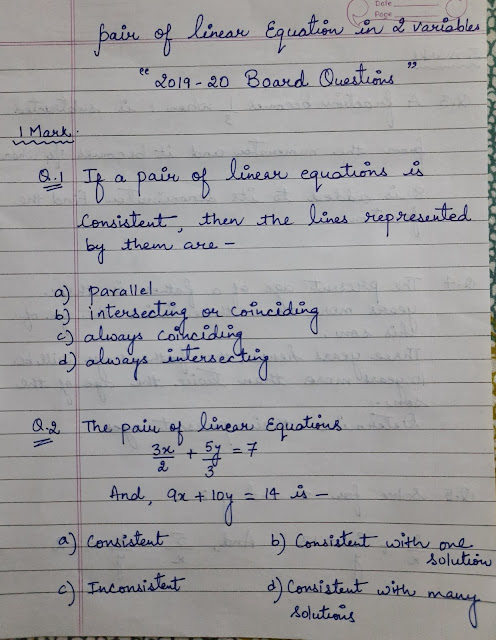CONCEPT MAP
POINTS TO REMEMBER
1. If a ray stands
on a line, then the sum of the two adjacent angles so formed is 180° and vice-
versa. This property
is called as the Linear pair axiom.
2. If two lines
intersect each other, then the vertically opposite angles are equal.
3. If a transversal
intersects two parallel lines, then
(i) each pair of
corresponding angles is equal,
(ii) each pair of
alternate interior angles is equal,
(iii) each pair of
interior angles on the same side of the transversal is supplementary.
4. If a transversal
intersects two lines such that, either
(i) any one pair of
corresponding angles is equal, or
(ii) any one pair of
alternate interior angles is equal, or
(iii) any one pair
of interior angles on the same side of the transversal is supplementary,
then the lines are
parallel.
5. Lines which are
parallel to a given line are parallel to each other.
6. The sum of the
three angles of a triangle is 180°.
7. If a side of a
triangle is produced, the exterior angle so formed is equal to the sum of the
two
interior opposite
angles.









